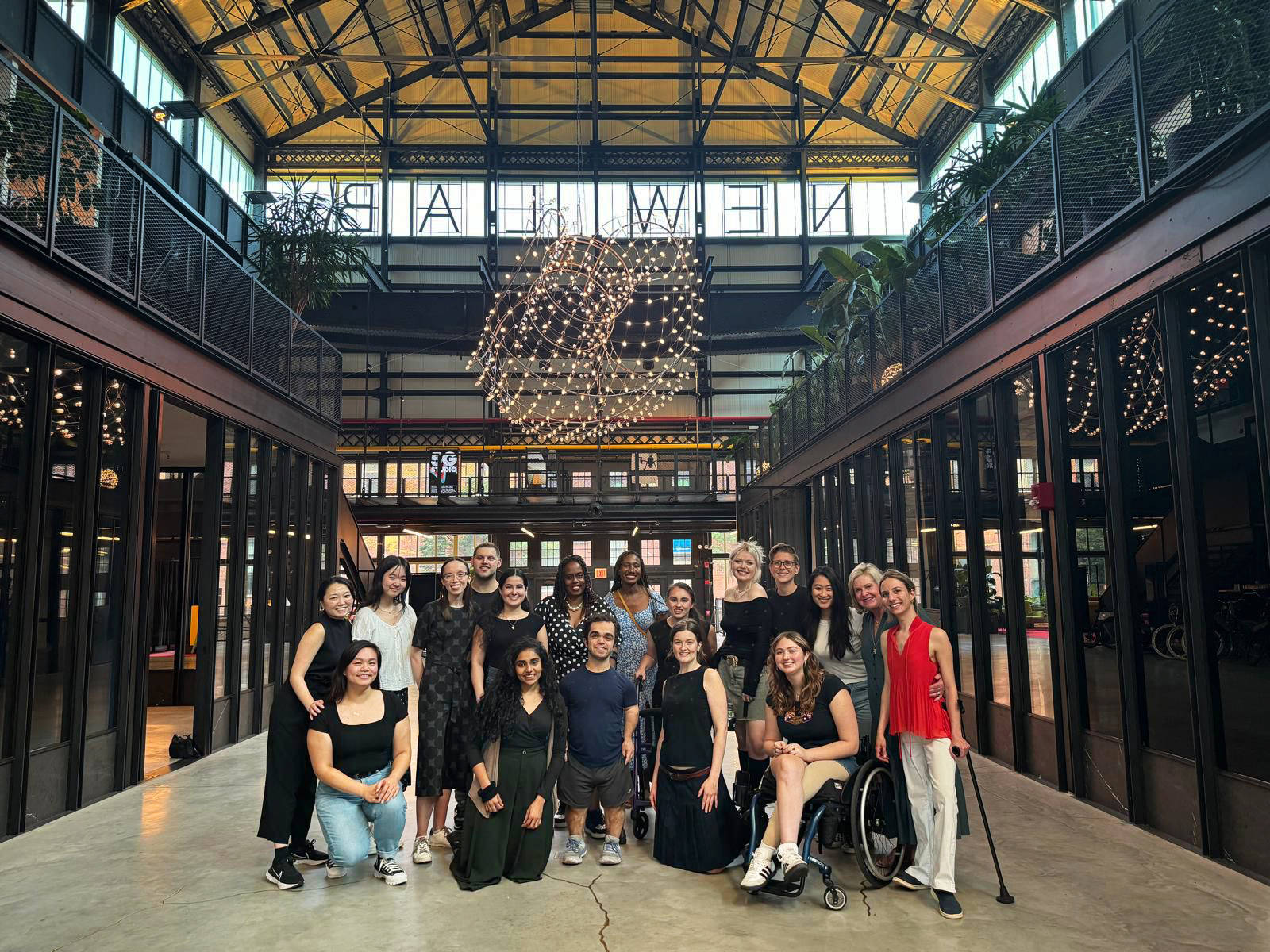
Research Theme
In 2021, Open Style Lab uncovered a significant challenge:
47% of survey participants identified footwear as the most frustrating item to find and wear. In 2023 OSL researched accessible footwear needs, publishing our findings in a white paper in 2024.
Building on this insight, the 2024 Footwear Summer Program brought together 15 fellows—including disabled experts, designers, and occupational therapists—for six weeks of intensive collaboration. Fellows were invited to work in a hands-on, cross-disciplinary environment, collaborating with the disability community to explore challenges and design style-led adaptive footwear solutions. The fellowship focused on functionality, comfort and style.
What Made this Program Unique
Relationship Building
What sets OSL’s summer program apart is its focus on relationship and community building within the design process. At OSL, we believe these elements are critical for creating a sustainable and impactful design—normalizing disability, dismantling hierarchy, and fostering trust.
Multidisciplinary backgrounds
This summer we selected fifteen fellows of various disciplines - designers of specialities like apparel and industrial design, occupational therapists of various specialties and years of experience, and disabled expert fellows with all different backgrounds such as accessibility consulting, public health, marketing, business, and music technology.
Hands-on Making
Teams delved into the complexities of accessible footwear design, utilizing cutting-edge facilities at Newlab to test, iterate, and create prototypes ranging from low to high fidelity. Employing diverse materials and fabrication techniques—including 3D scanning and printing, laser cutting, woodworking, moulding, and sewing—the program fostered innovative, hands-on solutions.
Leadership and Empowerment
OSL’s summer program goes beyond its duration, serving as a catalyst for paradigm shifts in inclusive thinking and design. It transforms the career paths and design philosophies of our fellows, embedding inclusive practices into their professional journeys.
Valuing Lived Experience
A core pillar of inclusive design is integrating disabled experts as active creators, not just contributors, by equipping them with the tools and opportunities to participate fully—from ideation to process to actualization. At OSL, we recognize that many people with disabilities are already designers, and we are committed to amplifying their voices and making space for their leadership. By fostering collaboration and elevating lived experiences, we drive innovation and shape the next generation of designers. This paradigm shift is at the heart of OSL’s mission, exemplified through the work we do in education and inclusive design practices.
Style- Focused Solutions
Personal style and style driven solutions are key elements in elevating a product and experience from better to best. Many adaptive design examples can tend to focus on user-testing and function alone, but considering style as one of the main determinants in product design is crucial for meaningful creation as tools for self expression. OSL’s summer program emphasizes the integration of style, function, and elevation for impactful design solutions with meaning.
Case Study: Team Emma
Design Requirements
* Style: Clean, minimalist design
* Ramp Angle and Secure Fit: Shoes to accommodate the different sizes and angles of left and right feet
* Adjustable for Swelling: Shoes must provide support yet flexibility to accommodate for her swelling fluctuations
Where the Challenge Extends
* According to the 2000 US Census Bureau report, leg swelling has been affecting 4.4 million people every year in the United States
* Leg swelling affects how shoes fit throughout the day depending on the individual
Process
* Playable mechanisms: Team Emma prototyped playable mechanisms inspired from traditional games, peg boards, and marble mazes to envision how these play features could be adapted to the shoe as modular components to accommodate her swelling
* Strap Fabric Testings: Team Emma tested various widths, weights, and types of fabrics for the sandal strap
Solutions
* Playable mechanisms with elevated fasteners and materials to achieve modularity and adjustability of fit while having sophistication in style
* Breathable, wide, and stretchy fabric material for the straps that provided the right balance of flexibility and support
